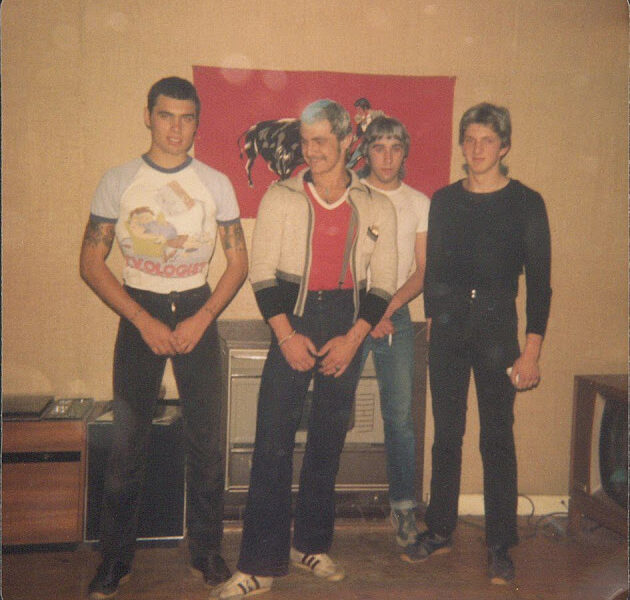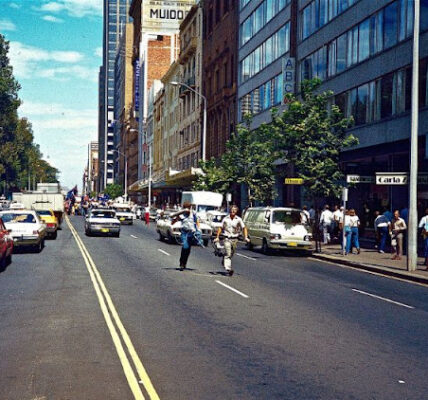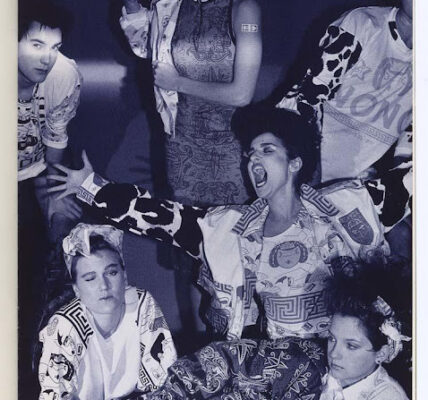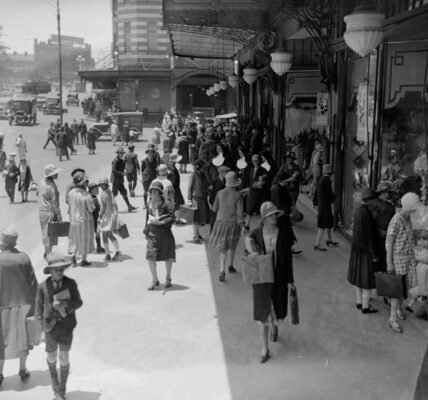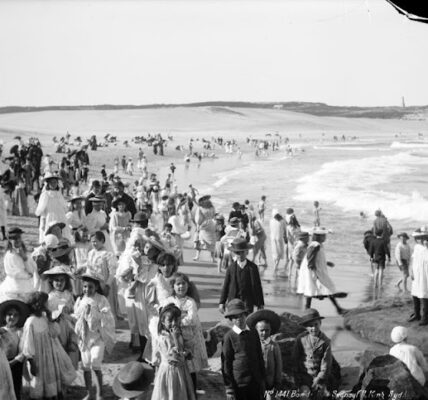Before Punks There Were Sharpies: 40 Vintage Photos of Australia’s Most Fashionable Gang From the 1960s and 1970s
The roots of the Sharpie subculture lie in the influx of European immigrants in Australia in the early 1960s. The name ‘Sharpie’ originated from the fashion; it was all about the clothes and looking sharp, and flash. The first wave of Sharpies from 1964-1970 were strongly influenced by the 1964 Rockers and the style of certain Italian migrants. Demeanor was tough, hair was short back and sides and clothing was custom made by European tailors, thus allowing for a blend of neo-thirties suave combined with a contemporary larrikin attitude.
By the mid to late 1960s the Sharpie subculture had evolved and existed in the mainly working class and migrant inner city suburbs such as Richmond, Fitzroy, Collingwood and Brunswick where Greeks, Italians, Yogoslavs and English immigrants all lived side by side. But as street corners gradually changed to shopping centres, by the early 1970s, the Sharpie movement started to spread to the outer suburbs of Melbourne where a ‘rough as guts’ working class ethos existed.
From 1970-1980, the second wave of Sharpies, sometimes referred to as ‘Skinheads’ by the media, were following hard, tough Rock ’n’ Roll bands like Lobby Loyde and the Coloured Balls, Buster Brown, Rose Tattoo, The Angels and ACDC. Sharpies were now often congregating in large numbers, regularly attending live band concerts at town hall and high school dances as well as early discos. But due to their sheer numbers, Sharpies were often perceived as being untouchable by the police and were often associated with excessive violence, regularly taking part in fights.
Tattoos were also a part of the look – and at fifteen or sixteen you could get tattooed by Dicky Reynolds, Alfie Mingus or Danny Robinson. The next group of Sharps had a meaner, more aggressive look. The shorter tighter fitting clothing made the body look bigger, an earring in the left ear was permissible, and hair was short on top and long at the back – the precursor to the mullet.
